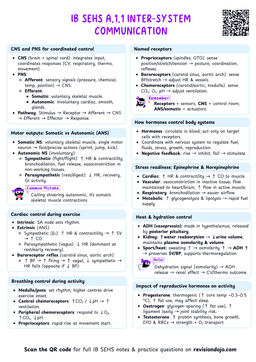Treatment of Concussion: A Staged Approach to Recovery
Concussion
A mild traumatic brain injury that temporarily affects brain function. Each case is unique, with symptoms and recovery varying between individuals.
- Concussions are complex injuries that affect the brain's normal functioning.
- Unlike other injuries, recovery from a concussion is not always straightforward or predictable.
- It involves a staged process of gradually increasing cognitive and physical activities, tailored to the individual's symptoms and progress.
Understanding Concussion Recovery
Key characteristics:
- Every case is different
- Recovery isn't always linear
- Symptoms can fluctuate
- Requires individualized approach
Unlike a simple muscle strain or sprain, concussion recovery doesn't follow a predictable timeline. Some days might show great progress, while others might feel like steps backward.
Immediate Management: Rest and Assessment
- The first step in concussion management is to stop all physical activity immediately.
- Continuing to play or exercise can worsen the injury and prolong recovery.
Never ignore concussion symptoms or allow an athlete to return to play on the same day as the injury.
Common MistakeMany athletes try to "tough it out" and continue playing after a head impact. This is extremely dangerous and can lead to serious complications, including Second Impact Syndrome.
Medical Evaluation
- A healthcare professional should assess the individual as soon as possible to confirm the diagnosis and rule out more severe injuries. This evaluation may include:
- Symptom assessment: Headache, dizziness, confusion, nausea, etc.
- Cognitive tests: Memory, concentration, and problem-solving.
- Physical examination: Balance and coordination.
Remember the phrase: "If in doubt, sit them out."It's better to be cautious and prevent further harm.
The Staged Recovery Process
- Recovery from a concussion involves a gradual return to normal activities, divided into distinct stages.
- Progression through these stages depends on the absence of symptoms at each step.
Stage 1: Symptom-Limited Activity
- Focus: Rest and recovery.
- Activities: Light daily tasks that do not worsen symptoms, such as reading or short walks.
- Goal: Allow the brain to heal by minimizing cognitive and physical stress.
A student might attend school for half-days or take breaks during classes to avoid overexertion.
Stage 2: Light Aerobic Exercise
- Focus: Increase heart rate without triggering symptoms.
- Activities: Walking or stationary cycling at a slow pace.
- Goal: Reintroduce light physical activity to promote blood flow and recovery.
Avoid resistance training or activities that risk head impact at this stage.
Stage 3: Sport-Specific Exercise
- Focus: Add movement related to the sport or activity.
- Activities: Running drills or skating, but no contact or head impact.
- Goal: Restore coordination and sport-specific skills.
A soccer player might practice dribbling or passing drills without heading the ball.
Stage 4: Non-Contact Training Drills
- Focus: Increase intensity and complexity.
- Activities: More demanding drills, such as passing or shooting, and progressive resistance training.
- Goal: Improve exercise tolerance, coordination, and cognitive processing.
This stage prepares the athlete for the demands of full training without the risk of contact.
Stage 5: Full Contact Practice
- Focus: Restore confidence and assess readiness for competition.
- Activities: Normal training activities, including contact, but only after medical clearance.


